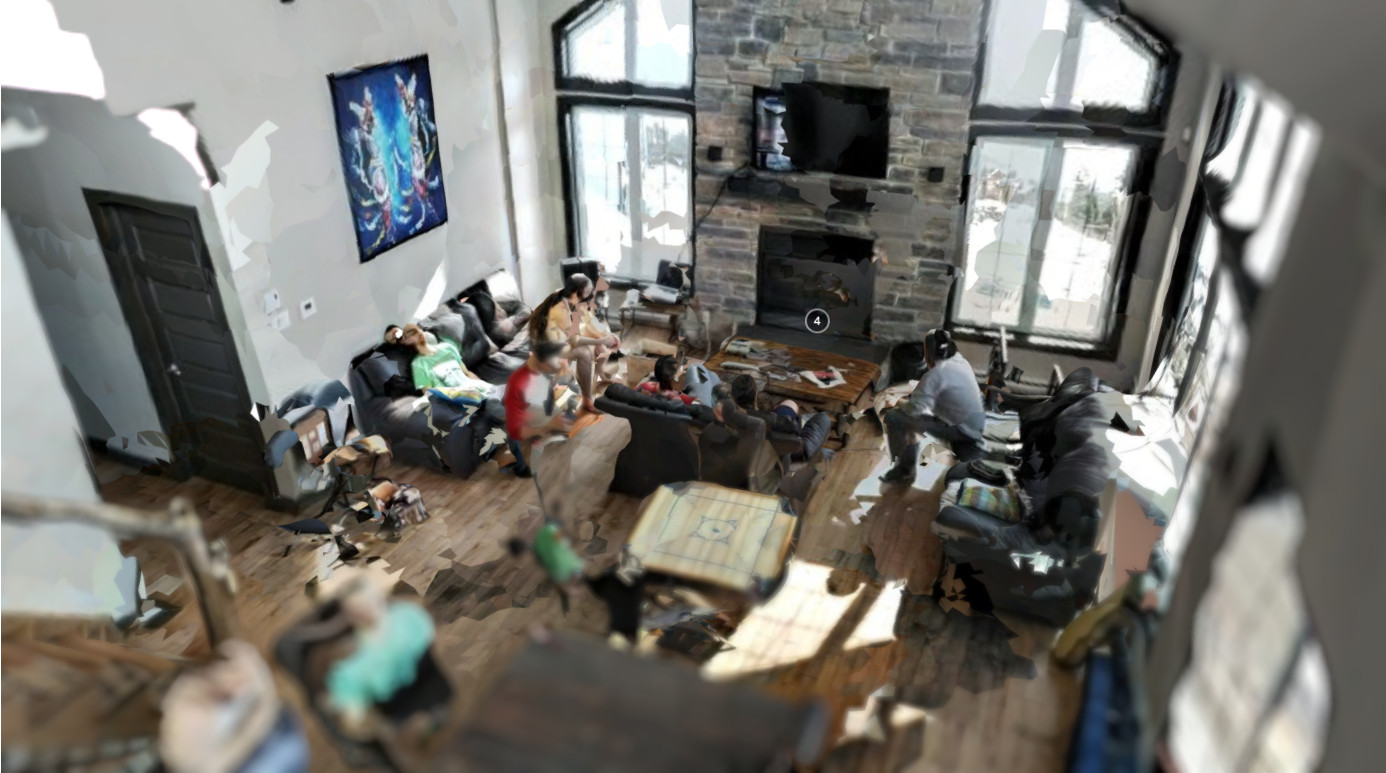Hi,
They are two different approaches, but for very high quality scans, RTAB-Map won't be able to beat a good scan taken with photogrammetry. In RTAB-Map (as a VSLAM approach), we try to record the less frames possible at lowest resolution (often in motion), which is often not compatible with photogrammetry approaches (requiring high quality images at high resolution, often taken as still pictures other than from a moving video). So we cannot even post-processing data recorded by RTAB-Map into a photogrammetry software, as the results may be worst. For the texturing, the approach included in the mobile app is pretty basic at the moment, so texture may look choppy. We have another better approach but is yet to be integrated in the mobile app:


For geometry, it should however be pretty close to reality, under 1-2 cm error.
The LiDAR has its own accuracy and doesn't detect well all surfaces (e.g., black/dark surfaces, also affected by sunlight). However, a perfect textureless white wall may be detected better with the lidar than a camera. Textureless surfaces may appear often curvy with photogrammetry. With LiDAR and VIO, the scale of the model is also inherently known.
For tips, it depends on what you want to scan. But in general, try always to close the loop when scanning a room, that will help to reduce over path error.
cheers,
Mathieu